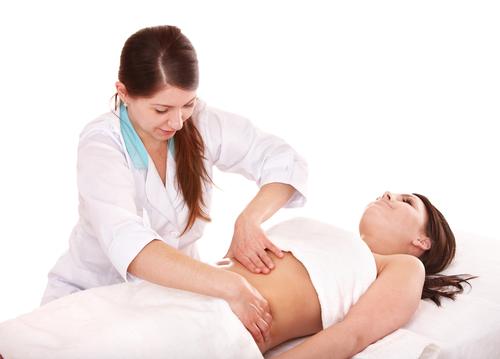31 Oct 2014
Consumers no longer expect spa and wellness solely in the spa department of hotels: study - out today
BY Helen Andrews

Hotels are expected to start taking advantage of consumer desire for unique experiences centred around wellness because customers are no longer expecting a wellness experience solely in the spa department, according to the latest Trends in the Hotel Spa Industry study.
Hotel spa department revenue increased by 4.6 per cent in 2013, according to the annual survey of US hotels conducted by PKF Consulting USA, a CBRE company (PKFC) – Trends in the Hotel Spa Industry.
A total of 152 hotels submitted data from 2013 for 20 of the most important revenue and expense categories within their spa departments, providing hotel spa owners and operators data to benchmark their revenue and expense ratios on a per-available-room, per-occupied-room, per-square-foot and per-treatment-room basis.
Total spa department expenses increased by 2.5 per cent and hotel spa department profits increased by 13.9 per cent, according to the report.
“The increase in spa revenues and profits can be partially attributed to national trends affecting behaviours and lifestyle,” said Andrea Foster, vice president and national director of spa and wellness consulting for PKFC. “An increasing percentage of the US population is overweight, facing health issues, or entering their senior years. As a result, there’s a shift towards adopting healthier lifestyles at home and maintaining those habits on the road.”
While hotel spas have historically been viewed as a luxury amenity – with lagging revenues during the initial stages of economic recovery – as of 2011, spa revenues have increased at a greater pace than food and beverage, retail, telecommunications, movie rental and guest laundry revenues. Spa revenues in 2013 were rising at a 4.6 per cent pace while the combined revenues from all other hotel-operated departments grew at a slower rate of 4.4 per cent.
Resort and urban hotels showed different spa department revenue results. In 2013, spa department revenue increased by 7.7 per cent at urban hotels. This is a significantly larger rise than at resort properties – which experienced a 3.6 per cent rise in spa department revenue.
“Urban hotels have the opportunity to increase sales by selling membership access, services and treatments, to neighbouring residents, in addition to their guests,” Foster added.
Urban hotel spas generate 55 per cent of their spa revenue from locals and members, compared to 45 per cent for resort spas.
In 2013 total labour costs amounted to 59.6 per cent of spa department revenue, or 76.1 per cent of total department operating expenses. Those costs increased by 2.6 per cent year over year, according to the data. Foster believes that this is a small increase and that as treatment volumes increase, it has become easier for managers to schedule personnel for longer shifts – confident in the knowledge that there will be sufficient revenues to cover the labour cost.
Urban hotel spa managers were able to lower their expenses despite an increase in treatments, customers and revenue in 2013. The net result was a departmental profit gain of 40.1 per cent. Resort spas also experienced an increase in profits, but to a lesser degree – at 8.4 per cent.
“As we have noted in the past, the payback of an investment in spa services does not come from just the profits generated by the spa department,” continued Foster. “By offering health and wellness-related amenities and services throughout the property, a hotel is able to generate good will among the growing number of travellers in search of these experiences while away from home.”
Day spas, destination spas and leased spa operations were not included in the survey sample.
Close Window